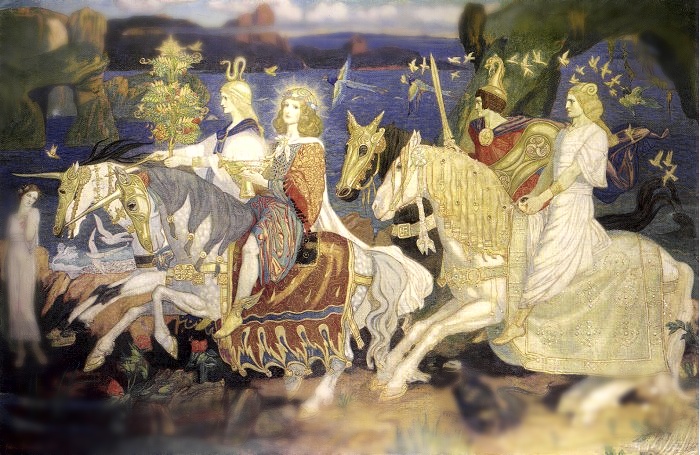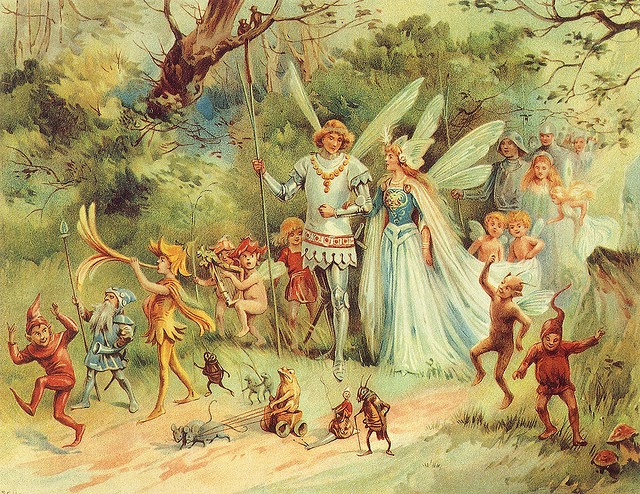



 ù
ù










Blog di letteratura, storia, arte e critica cinematografica e televisiva. I racconti e i romanzi contenuti in questo blog sono opere di fantasia o di fanfiction. Gli eventi narrati e i personaggi descritti, esclusi quelli di rilevanza storica, sono del tutto immaginari. Ogni riferimento o somiglianza a persone o cose esistenti o esistite, o a fatti realmente accaduti, è da considerarsi puramente casuale. Gli elementi di fanfiction riguardano narrazioni di autori molto noti e ampiamente citati.






